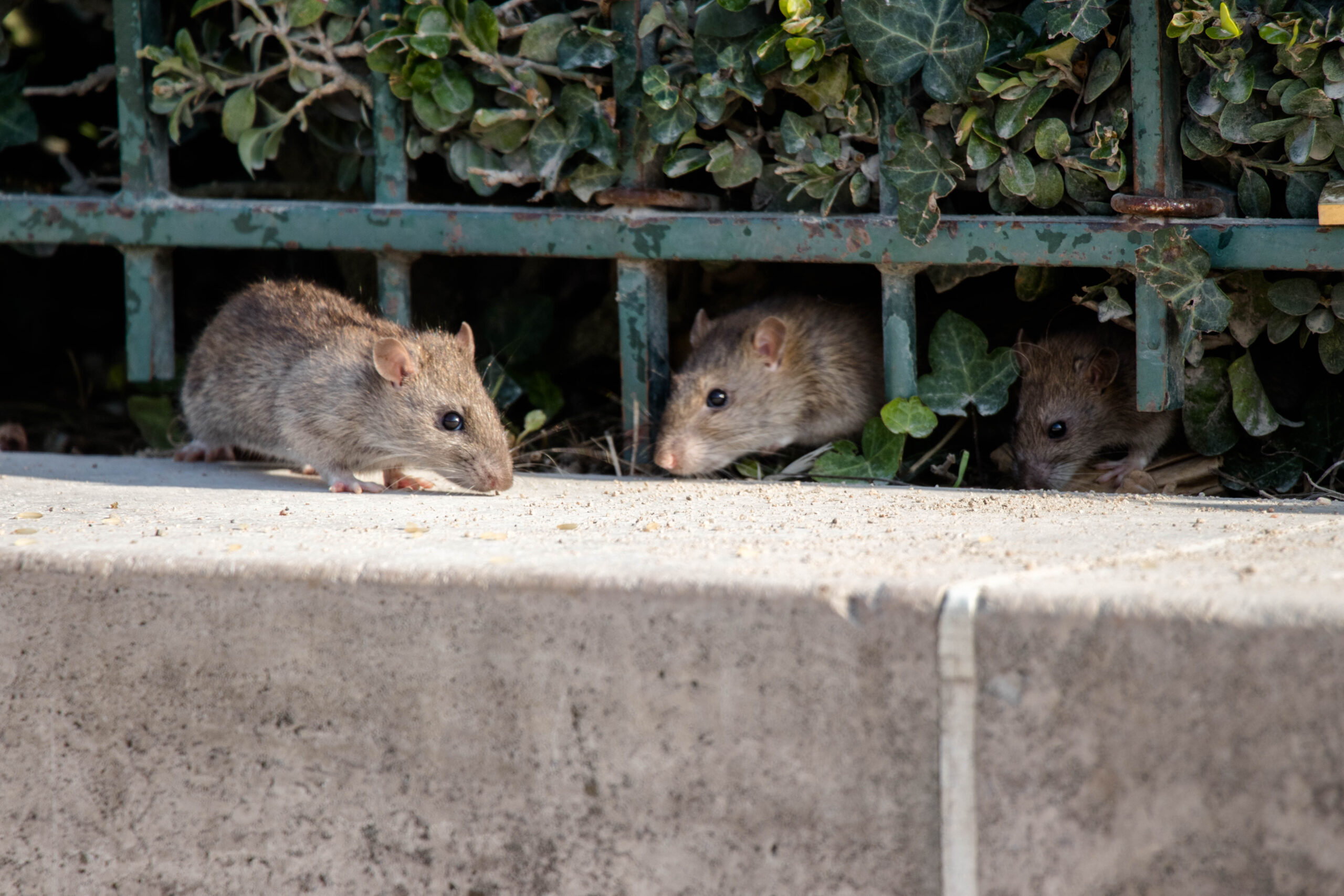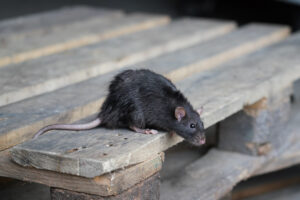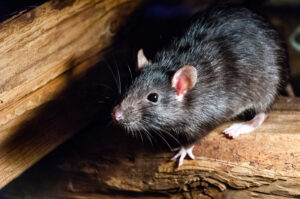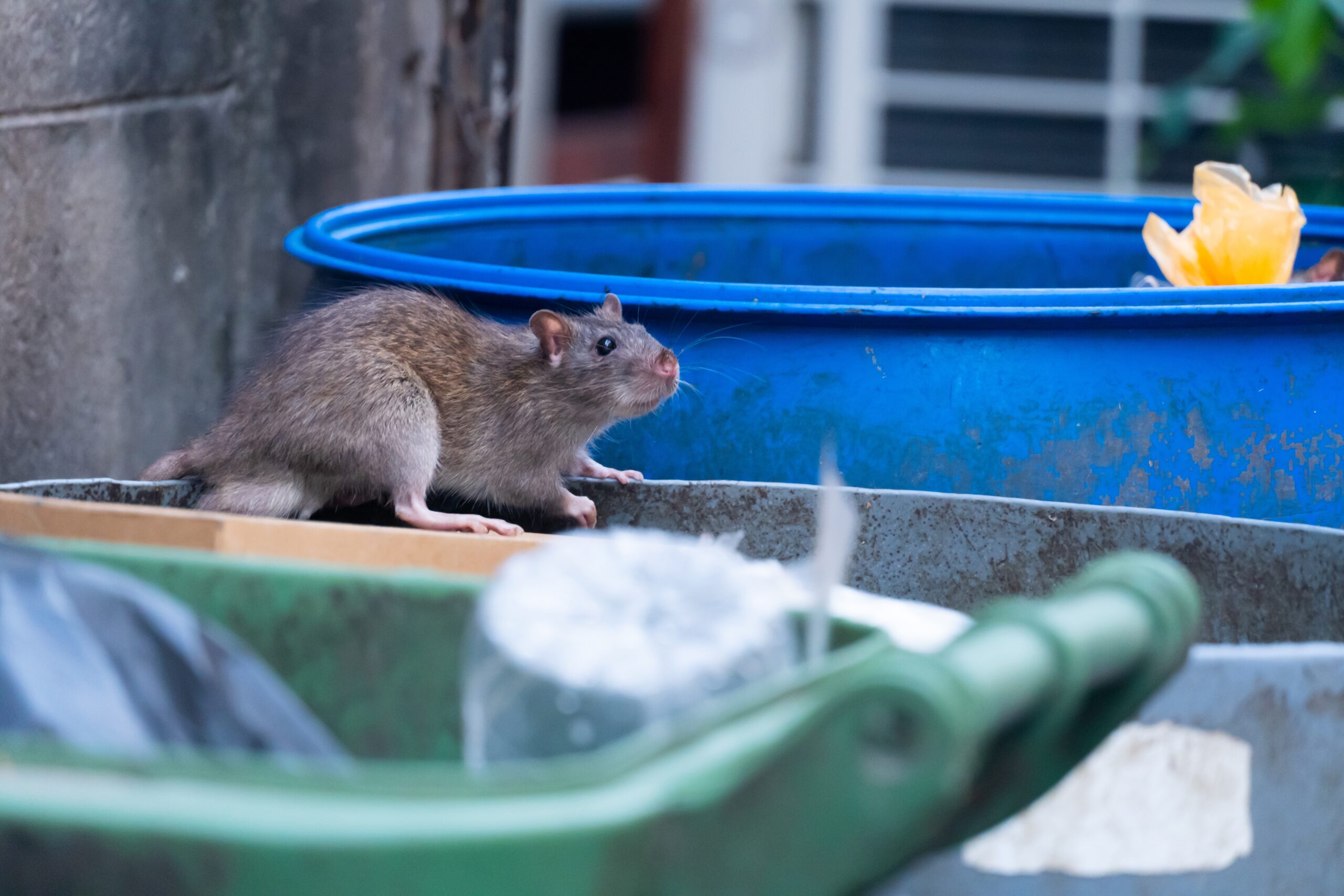Why Does Chicago Have So Many Rats?
Why Does Chicago Have So Many Rats?
Chicago is known for many achievements and qualities, with some of its highlights being its famous nickname of “the Windy City,” its rich history centered around jazz and architecture, and its original creation of delicious deep-dish pizza. Unfortunately, Chicago is also known for its completely negative superlative: the “rattiest city” in America, according to Orkin. The city has held this name for 8 consecutive years, and it does not show signs of giving up the title anytime soon. This leads us to ask the question: why does Chicago have so many rats? It’s definitely a major city with a large population, but it seems strange that this city outranks even larger cities, like New York City and Los Angeles, in the rat department. Let’s explore some of the basic facts about rats and some of the reasons that could explain why they favor bustling cities, Chicago in particular.
The Habits of Rats

Rats are one of the most disgusting pests that we see in homes and businesses, and their reputation is not helped by how often they reproduce to expand their colonies and cause us even more problems. These rodents have oversized front teeth that are tough enough to gnaw through all kinds of materials, causing even more damage to any structure they invade. They can chew through wires, walls, pipes, gas lines, and furniture. Any of these can become a health hazard, especially the wiring, since this exact scenario is a major cause of house fires every year. Rats also transmit many diseases to humans both directly and indirectly. Hantavirus, plague, and salmonellosis are just three of the most common across the country. They can also spread dangerous pathogens that lead to food poisoning, as well as carry fleas and ticks that can cause their own problems for any nearby humans.
Besides their anxiety-inducing risks for structural damage and the spread of diseases, rats also have some habits and abilities that can make them a formidable foe for any homeowner. Their cautious nature causes them to avoid many obvious traps, as rats like to look before they leap — sometimes literally. They also have an incredible sense of smell, which gives them an advantage in avoiding poisons and rodenticides that are not hidden very well. Rats use their whiskers to navigate as they explore their dark habitats, staying close to the wall or any solid boundary that makes them feel more secure. This tactic also helps to keep them hidden for longer, especially if they are in isolated areas of the home. Rats mark their territory wherever they go, which is one of the main ways that they indirectly transmit diseases to us.
Long story short, rodents are never a pest you want anywhere near your home. If you live in Chicago, you may notice that rats seem to be a common problem for the city as a whole. So, this leads us to ask…
Why Chicago?

As with any seemingly-philosophical question revolving around pests, this question does not have a straightforward answer. There are multiple reasons why Chicago is a hotspot for rats in particular. Millions of homes and businesses are invaded by these rodents every year, which makes this city’s place at the top of the “rattiest cities” list (2022 being the 8th year in this spot) an evident result. Rats are seen the most often in summer, likely because the heat and humidity drive them out of hiding in search of shade and food. The cold, snowy Chicago winters are also a popular time for rats to make their move, as they want to escape the frigid temperatures before it’s too late. For this reason, fall and winter are popular seasons for rat infestations, as they will never willingly leave a shelter once they find it.
Based on the thousands of reports and calls to pest control companies every year, the West Town area seems to have more rats than any other Chicago area. It’s likely because of the large neighborhoods and multiple parks that are in this section, since rats are generally more common in areas with more residents and full buildings and neighborhoods. Residents in West Town have reported seeing huge rats that hide in their backyards or garbage cans. With Chicago’s high population and unique city layout, rats have their choice of any residence to invade, provided they can find an entry point (which they usually can). Three common attractants of rodents are garbage, clutter, and — oddly enough — dog feces. This is why the alleys between large buildings, both residential and commercial, typically have large rat populations when their trash cans are outside. And when pet owners do not immediately pick up after their dogs, rats will be drawn to the area and begin to seek shelter nearby.
Essentially, Chicago seems to attract more rats due to the powerful combination of a large population, frequent trash production, a close proximity of buildings and houses, insufficient dog cleanup, and drastic weather patterns throughout the year. Rats generally have the same abilities and tendencies, but there are two species that are undoubtedly frequent faces within the Chicago city limits.
Chicago’s Two Common Species

Norway Rat
Norway rats are the most common species in most cities, and Chicago is no exception. They live in massive colonies that grow quickly due to their rapid rates of reproduction. These brown rats can have 4 to 7 litters a year, with 8 to 12 offspring in each. Although Norway rats only live about 6 to 12 months, they make extreme use of that time by destroying anything they touch in order to get the food and shelter they desperately seek. They prefer to live in burrows since they are ground-dwelling rats, but Norway rats can live inside buildings if they find an entry point. The main reason for their overwhelming urban populations is likely the amount of survival tactics they can use to get themselves out of dire situations. Norway rats can survive a fall from 50 feet, swim, and climb to great heights.

Roof Rat
Roof rats are also fairly common in Chicago, and their name alludes to their habit that tends to keep them out of harm’s reach. They prefer to keep their nests elevated, and commonly construct them in trees or in roofs. These rats are dark-colored and prefer being inside more so than Norway rats. They typically live for about a year, assuming they have a secure site for their nest and a reliable food source nearby. Roof rats can have 2 to 6 litters per year, with about 6 to 8 young in each. In addition to being common residents of tall buildings, roof rats also like to live in citrus trees and nut trees. These orchards have the perfect combination of an elevated nesting place and steady food sources, which unfortunately means that they can also ruin these crops before the growers have a chance to harvest them.
City Rats

While Norway rats and roof rats are clearly common to Chicago, they are also frequently found in many other major cities. Rats in general are possibly the most common city pest for multiple reasons, many of which have to do with the amount of resources available to them. They are nocturnal and often avoid detection by doing most of their scavenging and feeding at night. If you see a rat or two during the day, especially if it’s in the same immediate area, it means the infestation has grown to a disgustingly large size and can only be stopped with professional pest control. The main reason why rats are such a problem for cities is simply because there are more people living there! A higher population means there will be more food businesses and leftovers, which also means the trash production is exponentially higher.
Rats are not very picky when it comes to food, so they have a plethora of choices when they live in the big city. Their popular targets include pet food, plants, our food, weeds, garbage, dog feces, and even other rats. At the height of the pandemic, there was less trash in public spaces since everyone was staying home as much as possible. This led to the city rats becoming increasingly more aggressive and determined to get inside houses and buildings, which is still evident in their behavior today. Rats will continue to be a problem for cities because these urban hotspots will always have a higher population than rural areas, so rats will find their reliable food sources in the sheer amount of trash and food that is produced annually. Many cities have taken to deploying feral cats to naturally handle the rat problems, and Chicago is one such city. The cats do seem to be making a change for the better in terms of clearing the streets of these ravenous rodents, but even these cats can’t put a stop to the greater issue of rat invasions and rodent disease transmission. That is a job for trained professionals who have plenty of experience in keeping the rodent population down in Chicago and other cities — and there is no one better suited for this task than Illinois’ own Pointe Pest Control.
Resist the Rodents with Pointe Pest Control!
Rodent control can easily feel overwhelming when you attempt to tackle it on your own. Traps and store-bought repellants may work against one or two rats, but they will not be sufficient enough to take on a whole infestation. Instead of doing a “trial-and-error” process of finding effective rodent control, leave the hassle of rodent elimination to Pointe Pest Control! Our technicians are all highly-trained and experienced in the most efficient rodent control methods. We begin every service with a complete inspection of the property in order to assess the areas of activity and rat species involved. Our team uses this information to then create a treatment plan customized to solve your specific rodent issue as soon as possible. Since all of our products are safe for people and pets, you never have to worry about harmful chemicals lingering in your home after the service ends. Whether you live in the “rattiest city” in the country or you just want efficient rodent solutions for your home or business, contact our team for a free quote on the most reliable pest control services today!
Citations
Chicago is rat capital of U.S. for 8th year in a row. (2022, October 17). Chicago’s Very Own WGN9. Retrieved July 27, 2023, from https://wgntv.com/news/wgn-news-now/chicago-is-rat-capital-of-u-s-for-8th-year-in-a-row/
Chicago ranked ‘rattiest city’ by Orkin pest control for 7th straight year. (2021, October 21). ABC7 Chicago. Retrieved July 31, 2023, from https://abc7chicago.com/rats-in-chicago-orkin-pest-control-new-york/11150906/
Molina, T. & Ramos, E. (2022, October 24). West Town ranks at top for rodent complaints again in Chicago, the nation’s rattiest city. CBS Chicago. Available at https://www.cbsnews.com/chicago/news/west-town-rodent-complaints-chicago-rats/ (Accessed on July 31, 2023).
Murray, M. (Dr.) (n.d.). The Chicago Rat Project. Lincoln Park Zoo. Available at https://www.lpzoo.org/science-project/the-chicago-rat-project/ (Accessed on July 31, 2023).
Rats! Chicago tops Orkin’s rattiest cities list for sixth consecutive time. (2020, October 13). Orkin. Retrieved July 31, 2023, from https://www.orkin.com/press-room/orkin-top-rattiest-cities-2020
Rats in Chicago. (n.d.). Chicago. Retrieved July 27, 2023, from https://www.chicago.gov/city/en/depts/streets/provdrs/rodent/svcs/rats_in_chicago.html
Why you shouldn’t try to get rid of Chicago rats on your own. (n.d.). Aerex Pest Control. Retrieved July 27, 2023, from https://www.aerex.com/why-you-shouldnt-try-to-get-rid-of-chicago-rats-on-your-own
Request a Free Quote Today
(We do not share your data with anybody, and only use it for its intended purpose)
